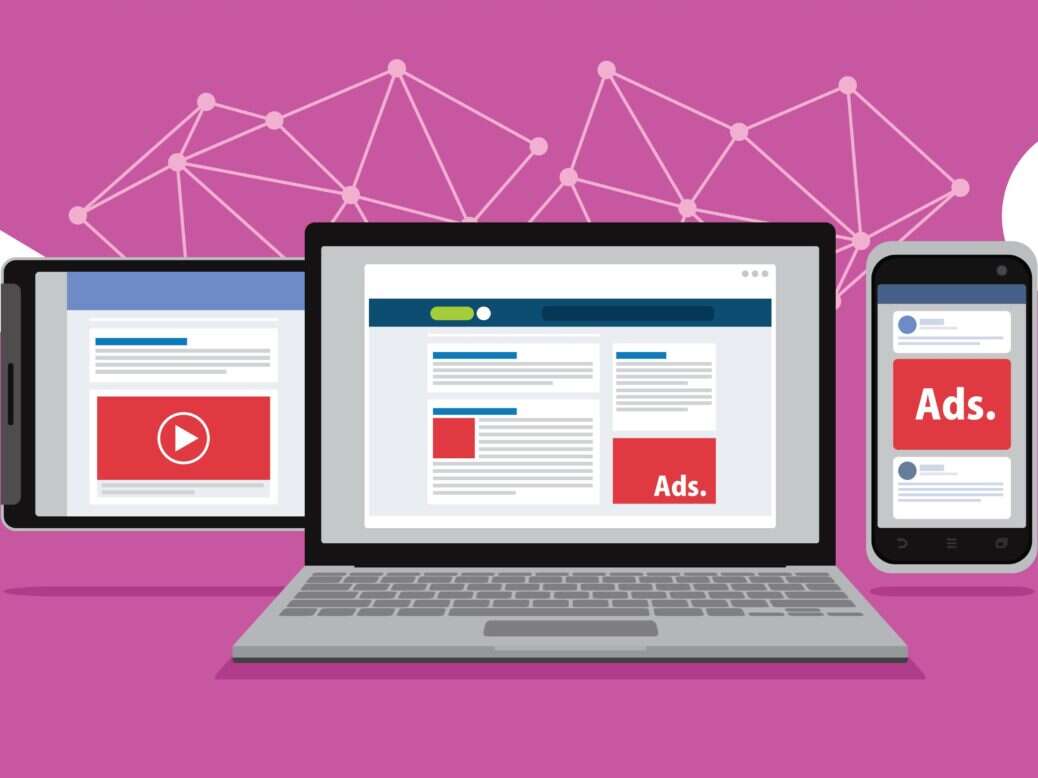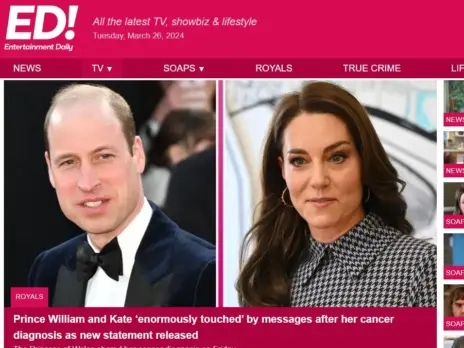
Managing director of the Association of Online Publishers (AOP) Richard Reeves answered Press Gazette’s questions about the future of advertising and publishing and explained why data and readers providing informed consent is set to become a key issue.
PG: What challenges are the digital publishing industry facing around data, advertising and consent?
RR: “What we need is a common ground for how consent is requested and communicated so that audiences can clearly understand how their data is used, what their consent enables, and how saying “yes” can benefit their user experience. Too much complexity and it becomes unreasonable to expect the average internet user to understand consent to the point that they can be considered truly informed.
“This is a headache for the minds behind the Transparency and Consent Framework (TCF), which has been criticised for bundling together too many permissions, as well as for Google Topics, which needs to communicate to users that their interests are determined at the browser, rather than site, level. On top of this, “reject all” has different implications on different sites, while ad tech vendors will have definitions of their own that might mark such users as untouchable.
“With consent remaining high on publishers’ agendas, many are exploring tech solutions that do not rely on personally identifiable information, such as the growing market of AI-powered personalisation, contextual, and attention-based technologies.”
What are attention metrics and why are they becoming increasingly important?
RR: “That attention is valuable is common sense, but planners need actionable metrics to prove its worth. The challenge is that the way attention is measured, and how it is quantified, changes depending on the vendor, the format, and the context.
“Some vendors gauge attention by tracking the eye movement of panels, others train AI to monitor for user signals in real time. Some formats see an uplift at 0.3 seconds of attention, others at 0.5 seconds, which has a tremendous impact on an ad’s creative. Then there’s variation in attention spans between age groups, with younger audiences offering a smaller window in which to hold interest.
“Perhaps attention is simply too variable to pin down and will remain a complementary metric provided on a per-property and per-campaign basis rather than a standardised currency. But, despite not being currency-ready, attention data is still incredibly useful for publishers, particularly with ad sales.
“For example, we’re hearing that some publishers are using attention metrics to demonstrate to buyers that high attention, high scale, and high price formats (such as whole-page takeovers – the cream of premium inventory crop), return comparable CPMs to low scale, low price formats, such as banners. Such formats are typically sold well in advance, so proving their worth to advertisers could lead to a more stable revenue stream for publishers.”
Is AI going to become important for publishers in their work with advertisers?
RR: “You might think AI-powered personalisation engines would clash with editorial curation, but publishers have described how they are actually helping to bridge the gap between content and commercial teams. Data flows both ways, and the insights gleaned from interest-based personalisation engines allow editorial teams to better cater to specific audiences within and across their properties.
“An individualised experience is more valuable than a ‘something for everyone’ approach, but the technology that powers it should always be invisible to the user and deployed appropriately. For example, one suggestion could be to mix personalised, random, and editorially curated sections, leaving the engine to do its work in some areas and taking a more hands-on approach in others.
“Editorial and commercial teams have aligned interests: both want more page views and increased dwell time so, if an AI engine delivers that, no one should object – especially as audiences become more accustomed to personalised experiences on other content platforms. However, in this fractured political climate, we should be careful not to create feedback loops where an algorithm steers a user towards polarised and extreme perspectives.”
Lack of transparency in the programmatic advertising supply chain has been a huge issue for publishers. What is the current state of play?
RR: “No matter the technology on display, or the topic being discussed, conversations usually circle back to the need for standards, transparency, and leadership in the publishing industry and across the digital advertising supply chain.
“Thankfully, there’s good news on this front. At our recent Publishing Tech Talk event, I was joined by Steve Chester from ISBA and Sam Tomlinson from PwC, who are currently finalising the follow-up to their 2020 ‘Programmatic Supply Chain Transparency Study’. This was the groundbreaking study that found only 51% of spend reaches publishers, with 15% entirely unaccountable.
“You’ll have to wait for the full study for the details, but early results are very promising and show improvements in this area. Most impressions can now be matched end to end, and advertisers are generally far more selective about which sites they target, rather than pushing for quantity over quality.
“These improvements are a direct result of reaction to the 2020 study, demonstrating the need for regular and detailed audits of the programmatic supply chain. While some publishers, like the Financial Times, have the luxury of being able to go 100% direct with their ad deals, programmatic remains a primary revenue stream for much of the industry, so we need to make sure that it is working in our favour.”
Email pged@pressgazette.co.uk to point out mistakes, provide story tips or send in a letter for publication on our "Letters Page" blog







